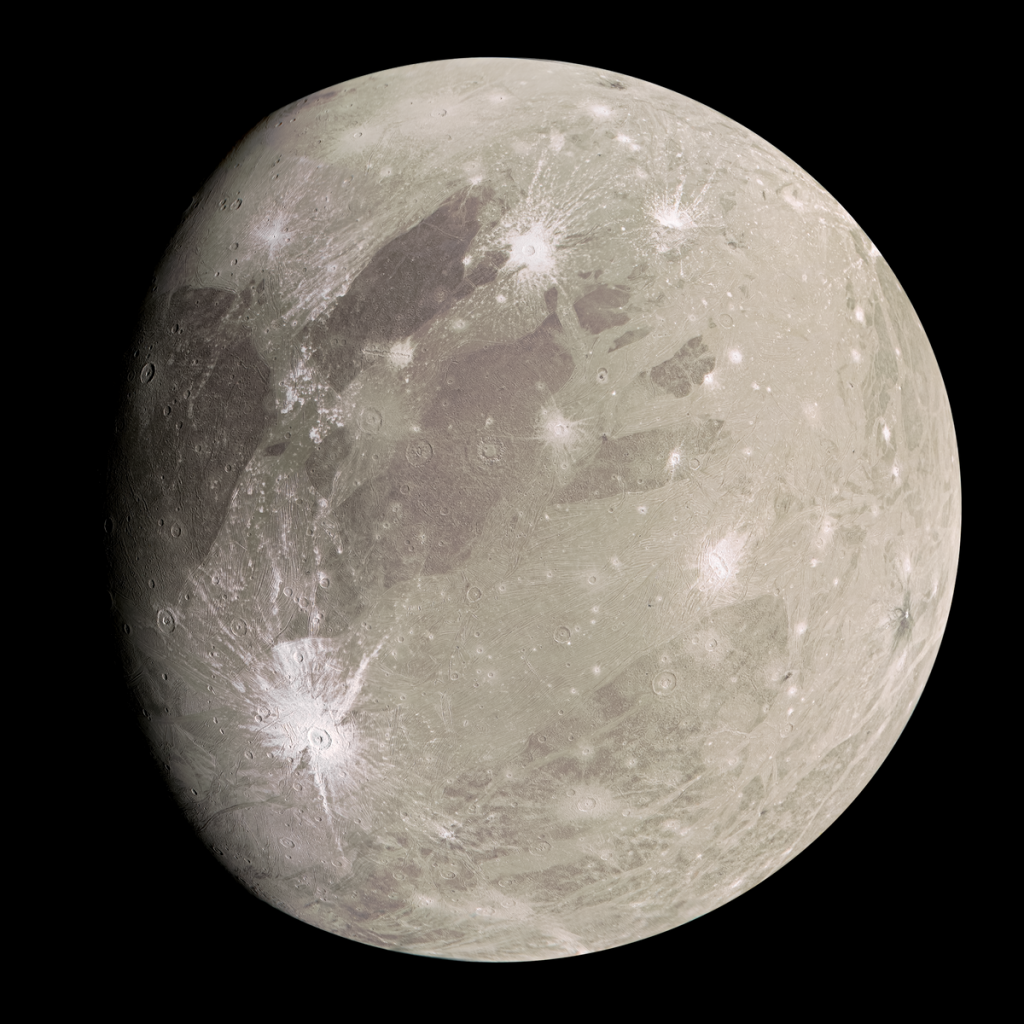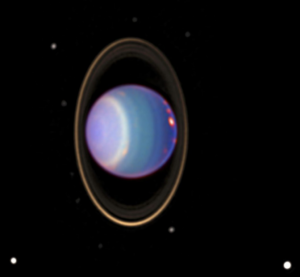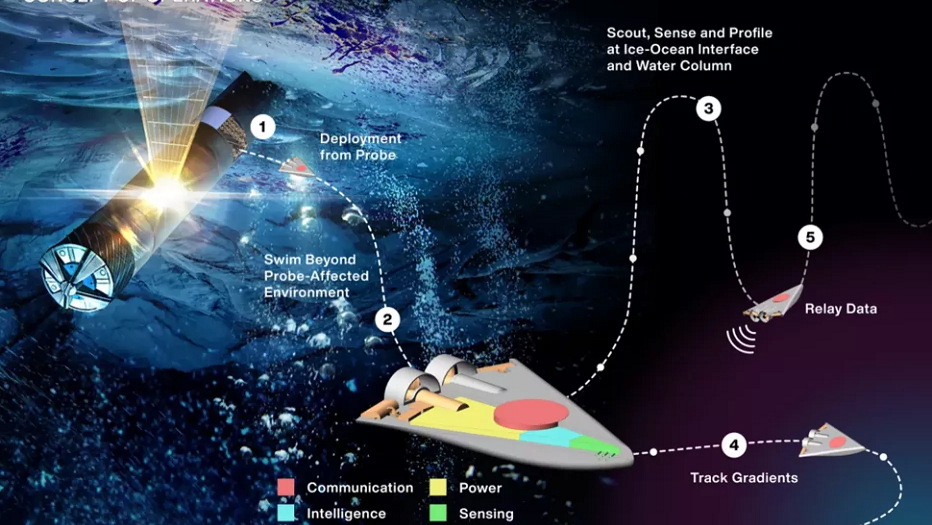
Observations of water vapor had already pointed to Ganymede, under whose ice crust there is a huge water ocean in which more water is bound than water in the terrestrial seas. However, it has not yet been clear how water vapor should form at all under the extremely low temperatures on the Ganymede surface. Ganymede’s liquid water ocean itself is around 100 miles below the surface of its icy and suitably thick crust. For this reason, the water vapor is not water from this ocean. Ganymede’s atmosphere is produced by charged particle sputtering and sublimation of its icy surface. The moon is so cold that water on its surface is frozen solid. Any liquid water Ganymede possesses would be hidden about 100 miles (160 km) below its crust.
The discovery of water vapor, researchers said, could shed light on similar watery atmospheres of icy bodies in our solar system and beyond.





